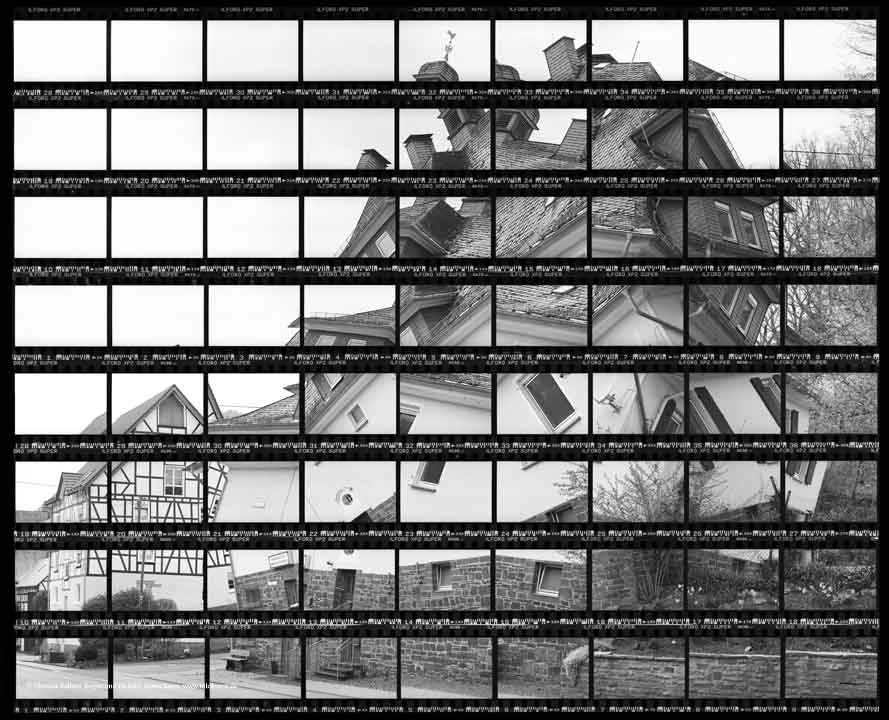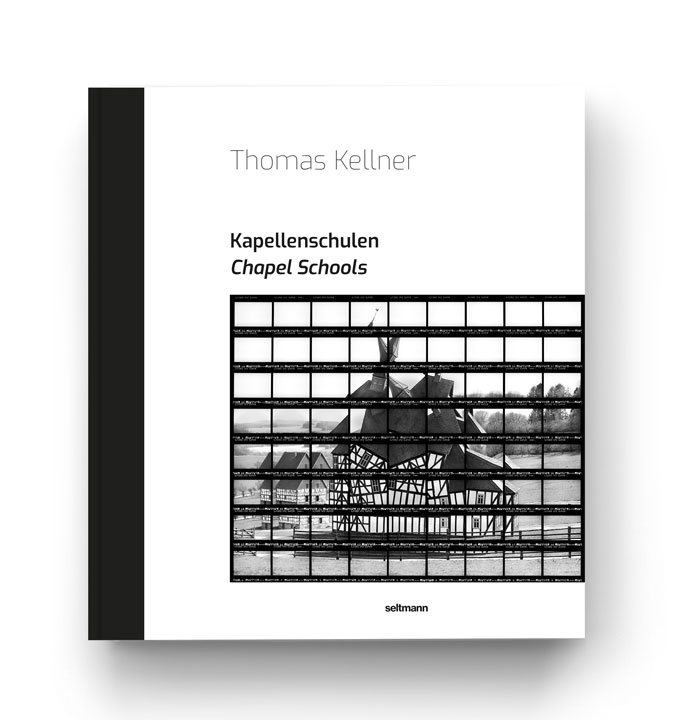Chapel School Afholderbach
There is no record of when the chapel school in the Netphen district of Afholderbach was built. However, in 1784 there was a proposal to rebuild the existing school. It was endangering the health and safety of the school children due to its leaky roof, damaged school desks and benches, and increased fire danger according to the report.
The call not only to rebuild the school but also to reconsider the site caused initial controversy between the Catholics and the Protestants. Notwithstanding, the demolition of the old school and the construction of a new one was approved by the state government. The new school was completed in 1786 and was in use until 1901 thanks to minor intervening repairs. The present building was built in 1910.
Afholderbach in: The Chapel Schools' Book
Chapel schools form a solitary architectural type for the Siegerland and its neighboring regions.
As stand-alone buildings and conspicuous in their surroundings, like the one in Afholderbach, they reveal the connection between religion and school education starting from the domain of Count William I of Nassau-Katzenelnbogen (1487-1559) and his son John VI of Nassau, Katzenelnbogen and Dietz (1536-1606). The hybrid used buildings existed until the end of the 19th century and in parts even until the 20th century.
Chapel Schools a solitary architectural type
The Siegen fine art photographer Thomas Kellner recognized the historical and cultural value of these buildings and set himself the task of preserving and recalling this typical regional cultural asset through a new medium. By means of photography he transfers the chapel schools into an artistic context and gives the historical topic a new dimension in the present (art).
Just as the chapel schools united in themselves two spheres of life, this publication also conveys different contemporary perspectives on the history and genesis of the chapel schools. While Kellner tries to rethink the type of building, which oscillates between profane and sacred, with his artistic realization, Chiara Manon Bohn, Isabell Eberling M. Sc. Dr. Andrea Gnam and Dr. Stefanie Siedek-Strunk provide an insight into the historical, architectural and religious classification of the chapel schools up to the pictures of Thomas Kellner in text contributions.











